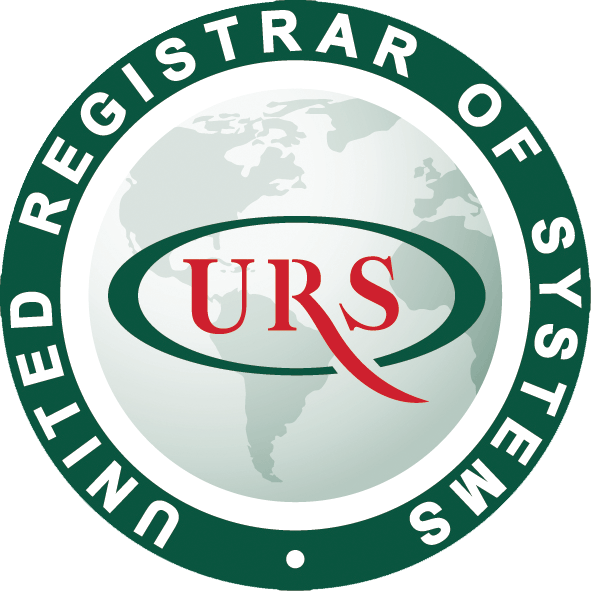In today’s competitive business landscape, maintaining high standards of quality and efficiency is crucial for any organization seeking long-term success and customer satisfaction. ISO 9001 certification is a globally recognized standard that helps businesses achieve these objectives by implementing a robust Quality Management System (QMS). This article delves into the importance of this certification, its benefits, and the process involved in obtaining it.

This Certification is an international standard developed and published by the International Organization for Standardization (ISO). It outlines the criteria for establishing a QMS that focuses on customer satisfaction, continuous improvement, and meeting statutory and regulatory requirements. The standard can be applied to any organization, regardless of its size, type, or industry.
The Benefits of ISO 9001 Certification:
Enhanced Customer Satisfaction: By adhering to ISO 9001 guidelines, organizations can better understand their customers’ needs and expectations, leading to improved product and service quality. This increased customer satisfaction fosters loyalty and positive word-of-mouth, benefiting the organization’s reputation.
Increased Efficiency: This Certification encourages companies to streamline their processes and identify areas for improvement. This optimization leads to reduced waste, improved productivity, and cost savings, ultimately enhancing the organization’s overall efficiency.
Global Recognition: QMS certification is internationally recognized, making it easier for certified organizations to enter new markets and gain the trust of potential customers, partners, and stakeholders worldwide.
Legal and Regulatory Compliance: ISO 9001 ensures that an organization is compliant with relevant laws and regulations, mitigating the risk of non-compliance and associated penalties.
Continual Improvement: A fundamental principle of this certification is continuous improvement. Certified organizations are required to continually assess and enhance their processes, leading to ongoing growth and development.
Obtaining ISO 9001 Certification:
Achieving ISO 9001 certification involves a series of steps, beginning with a thorough internal audit and gap analysis. Here’s an overview of the certification process:
Preparation: The organization must identify its quality objectives, scope, and processes that need improvement to meet ISO 9001 requirements. A management representative is appointed to lead the certification process.
Training and Awareness: Employees at all levels are educated about the standard’s requirements and how they can contribute to its implementation and success.
Documentation: The organization must develop and document its QMS, including quality policies, procedures, work instructions, and records.
Implementation: The QMS is put into action, and its effectiveness is monitored. Non-conformities and corrective actions are addressed during this phase.
Internal Audit: An internal audit is conducted to assess the QMS’s conformity and identify areas for improvement.
Stage 1 Audit: An external certification body conducts an initial audit to determine the organization’s readiness for certification.
Stage 2 Audit: The certification body performs a comprehensive audit to evaluate the QMS’s effectiveness and compliance with ISO 9001 requirements.
Certification: If the organization successfully meets all requirements, it is awarded ISO 9001 certification. The certificate is valid for a specified period, usually three years, subject to annual surveillance audits.
ISO 9001 certification is a powerful tool that allows organizations to demonstrate their commitment to quality, customer satisfaction, and continuous improvement. By obtaining this certification, businesses can enjoy a competitive advantage, build trust with stakeholders, and establish a strong foundation for sustainable growth. Embracing Quality Management System not only benefits the organization internally but also ensures that customers receive products and services of consistently high quality, fostering long-term relationships and loyalty.
